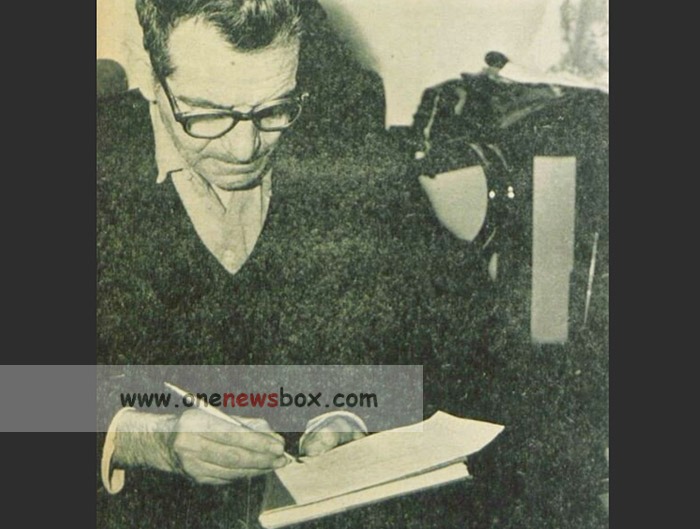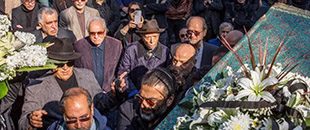Artistic Legacy and Musical Talent
Beyond poetry, Shahriar was also a talented musician and a master of the Setar, a Persian string instrument. His love of music can be seen in the rhythmic and melodic qualities of his poetry, particularly in Turkish compositions. His ability to blend musicality with metaphysical themes gave his poetry a haunting, lyrical power that distinguished him from his contemporaries.
Death and National Recognition
In 1988, Shahriar fell ill and was hospitalized first in Imam Khomeini Hospital in Tabriz, and later transferred to Mehr Hospital in Tehran. He passed away on September 17, 1988, at the age of 81. His body was returned to Tabriz, and in accordance with his will, he was buried in the Poets’ Cemetery (Maqbarat-o-sho’ara)—a sacred resting place for literary giants.
The Iranian government declared September 17 as “National Poetry and Literature Day” in his honor, a fitting tribute to a man who dedicated his life to poetic expression.
The final lines of one of his poems were engraved on his tombstone:
Engrave on my grave these two words:
Shahriar was born with the sorrow of love
and died with the sorrow of love.
Themes and Style
Shahriar’s poetry covers a vast thematic range:
-
Love and Longing: Often expressed through traditional ghazals, inspired by both worldly and divine love.
-
Mysticism and Spirituality: Deep admiration for Islamic figures, particularly Imam Ali, and a desire for divine union.
-
Patriotism and Rural Life: Romantic portrayal of Azerbaijani village life, mountains, and the simplicity of nature.
-
Social Commentary: Critique of injustice, materialism, and hypocrisy—especially in his later works.
-
Humanism: Messages of unity, compassion, and the value of the human soul.
His style combined classical Persian forms with contemporary themes, mystical metaphors with emotional rawness, and local dialects with universal ideals.

